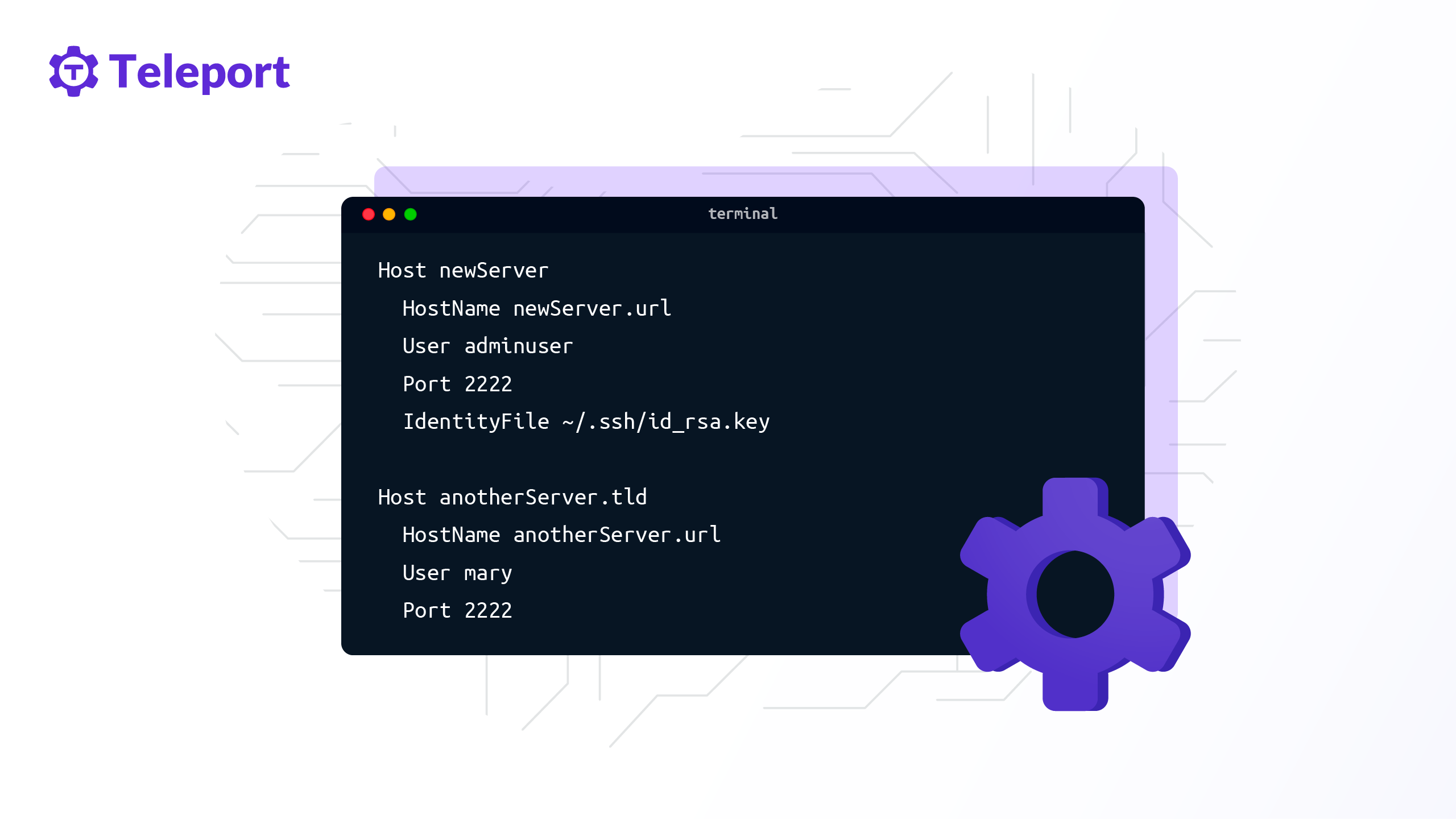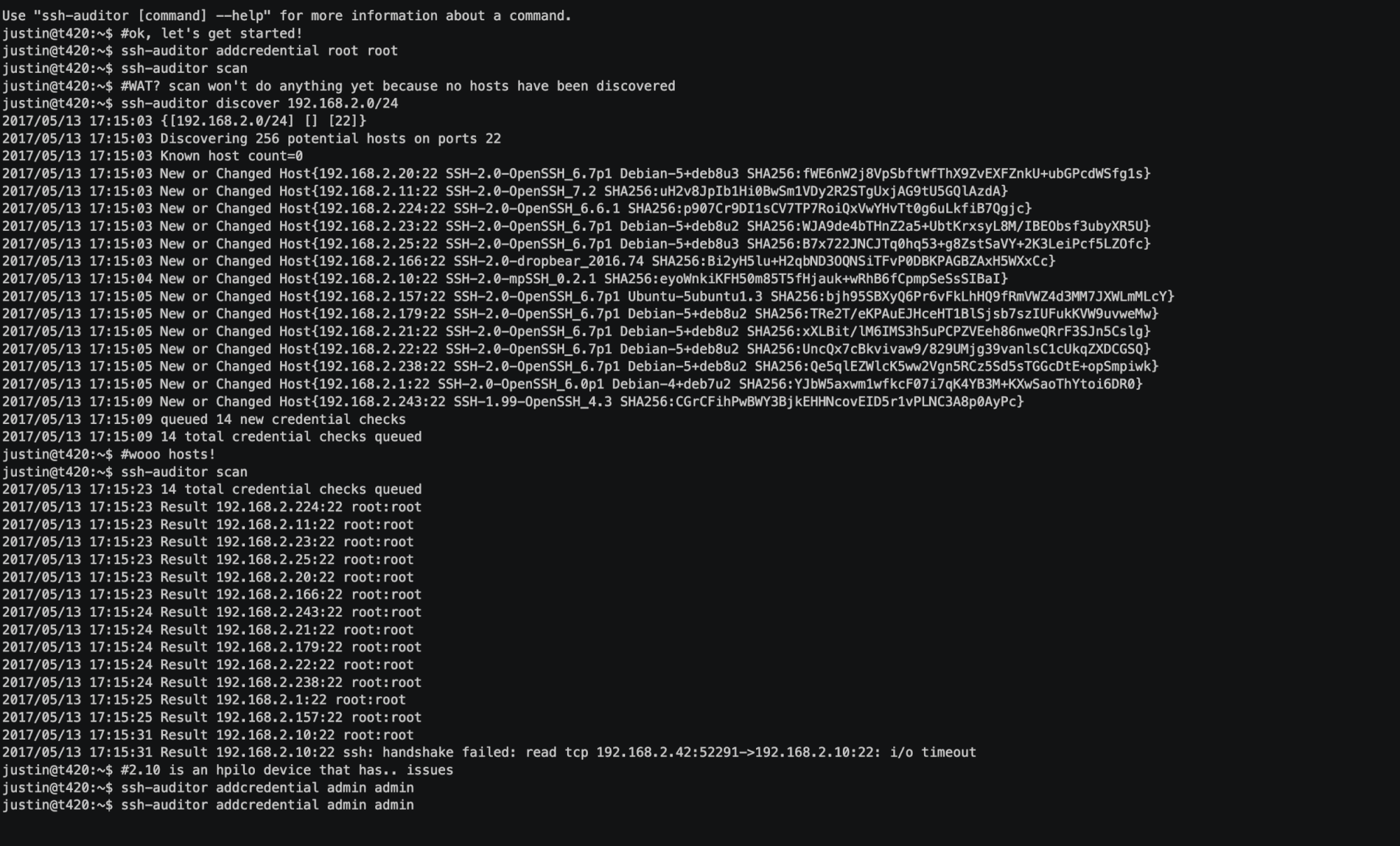RemoteIoT SSH example provides a powerful solution for managing and accessing remote devices securely over the internet. In today’s fast-paced technological landscape, remote access has become a necessity for businesses, developers, and IoT enthusiasts alike. By leveraging SSH (Secure Shell), RemoteIoT allows users to establish encrypted connections to their devices, ensuring both security and efficiency. Whether you're managing IoT devices, troubleshooting servers, or automating tasks, understanding the RemoteIoT SSH example can significantly enhance your workflow.
With the growing adoption of IoT devices, the need for secure and reliable remote access solutions has never been more critical. RemoteIoT stands out by offering a user-friendly interface combined with robust SSH capabilities. This makes it an ideal choice for developers and IT professionals who want to streamline their operations. By learning how to implement a RemoteIoT SSH example, you can unlock the full potential of your remote devices while maintaining a high level of security.
For those new to the concept, SSH is a protocol that allows secure communication between two devices over an unsecured network. RemoteIoT takes this a step further by simplifying the setup process and integrating additional features like device management and monitoring. By exploring a RemoteIoT SSH example, you’ll gain insights into how to configure, troubleshoot, and optimize your remote connections. This article will guide you through everything you need to know to get started and make the most of this powerful tool.
Read also:Discovering The Life And Achievements Of Jim Moreis A Comprehensive Guide
Table of Contents
- What is RemoteIoT SSH Example?
- How Does RemoteIoT SSH Work?
- Why Choose RemoteIoT for SSH?
- How to Set Up RemoteIoT SSH?
- Can RemoteIoT SSH Be Used for IoT Devices?
- What Are the Benefits of RemoteIoT SSH Example?
- Common Challenges with RemoteIoT SSH
- How to Troubleshoot RemoteIoT SSH Issues?
- Is RemoteIoT SSH Secure?
- How to Optimize RemoteIoT SSH Performance?
What is RemoteIoT SSH Example?
A RemoteIoT SSH example refers to a practical demonstration of how to use the RemoteIoT platform to establish secure remote connections to devices. This involves configuring SSH settings, generating key pairs, and ensuring that your devices are accessible over the internet. By following a RemoteIoT SSH example, you can learn how to manage multiple devices from a single dashboard, making it easier to monitor and control your IoT infrastructure.
How Does RemoteIoT SSH Work?
RemoteIoT SSH works by creating a secure tunnel between your local machine and the remote device. This tunnel encrypts all data transmitted between the two endpoints, ensuring that sensitive information remains protected. The RemoteIoT platform simplifies this process by providing an intuitive interface for configuring SSH settings. By using a RemoteIoT SSH example, you can understand how to authenticate devices, manage permissions, and troubleshoot common issues.
Why Choose RemoteIoT for SSH?
There are several reasons why RemoteIoT is a preferred choice for SSH-based remote access. First, it offers a user-friendly interface that makes it easy for beginners to get started. Second, RemoteIoT provides advanced features like device monitoring, automated backups, and real-time alerts. Finally, the platform is highly scalable, making it suitable for both small-scale projects and enterprise-level deployments. A RemoteIoT SSH example can help you explore these features and determine how they can benefit your specific use case.
How to Set Up RemoteIoT SSH?
Setting up RemoteIoT SSH involves a few straightforward steps:
- Create an account on the RemoteIoT platform and add your devices.
- Generate SSH key pairs for secure authentication.
- Configure SSH settings on your devices to allow remote access.
- Test the connection using the RemoteIoT dashboard.
By following a RemoteIoT SSH example, you can ensure that each step is completed correctly and efficiently.
Can RemoteIoT SSH Be Used for IoT Devices?
Yes, RemoteIoT SSH is particularly well-suited for managing IoT devices. Whether you’re working with smart home appliances, industrial sensors, or wearable gadgets, RemoteIoT provides the tools you need to access and control these devices remotely. A RemoteIoT SSH example can demonstrate how to configure SSH settings for IoT devices and ensure they remain secure while connected to the internet.
Read also:Jasmine Bleu Net Worth Unveiling The Success Story Of A Rising Star
What Are the Benefits of RemoteIoT SSH Example?
Exploring a RemoteIoT SSH example offers several benefits:
- Enhanced security through encrypted connections.
- Simplified device management via a centralized dashboard.
- Improved efficiency by automating repetitive tasks.
- Real-time monitoring and alerts for proactive issue resolution.
Common Challenges with RemoteIoT SSH
While RemoteIoT SSH is a powerful tool, users may encounter challenges such as connectivity issues, incorrect configurations, or authentication errors. Understanding these challenges and how to address them is crucial for maintaining a smooth workflow. A RemoteIoT SSH example can provide practical insights into troubleshooting these issues effectively.
How to Troubleshoot RemoteIoT SSH Issues?
Troubleshooting RemoteIoT SSH issues involves:
- Checking network connectivity and firewall settings.
- Verifying SSH key configurations and permissions.
- Reviewing logs for error messages and diagnostic information.
- Contacting RemoteIoT support for additional assistance.
Is RemoteIoT SSH Secure?
Yes, RemoteIoT SSH is designed with security in mind. By using encryption protocols and secure authentication methods, RemoteIoT ensures that your data remains protected from unauthorized access. A RemoteIoT SSH example can demonstrate how to implement best practices for securing your connections and safeguarding your devices.
How to Optimize RemoteIoT SSH Performance?
To optimize RemoteIoT SSH performance, consider the following tips:
- Use strong, unique passwords and SSH keys.
- Enable compression to reduce data transfer times.
- Limit the number of active connections to prevent resource overload.
- Regularly update your devices and software to patch vulnerabilities.
By applying these strategies, you can ensure that your RemoteIoT SSH connections are both fast and reliable.
In conclusion, mastering the RemoteIoT SSH example is essential for anyone looking to enhance their remote access capabilities. Whether you’re managing IoT devices, troubleshooting servers, or automating tasks, RemoteIoT provides the tools and features you need to succeed. By following the guidelines and examples outlined in this article, you can unlock the full potential of RemoteIoT SSH and achieve seamless, secure remote access.

